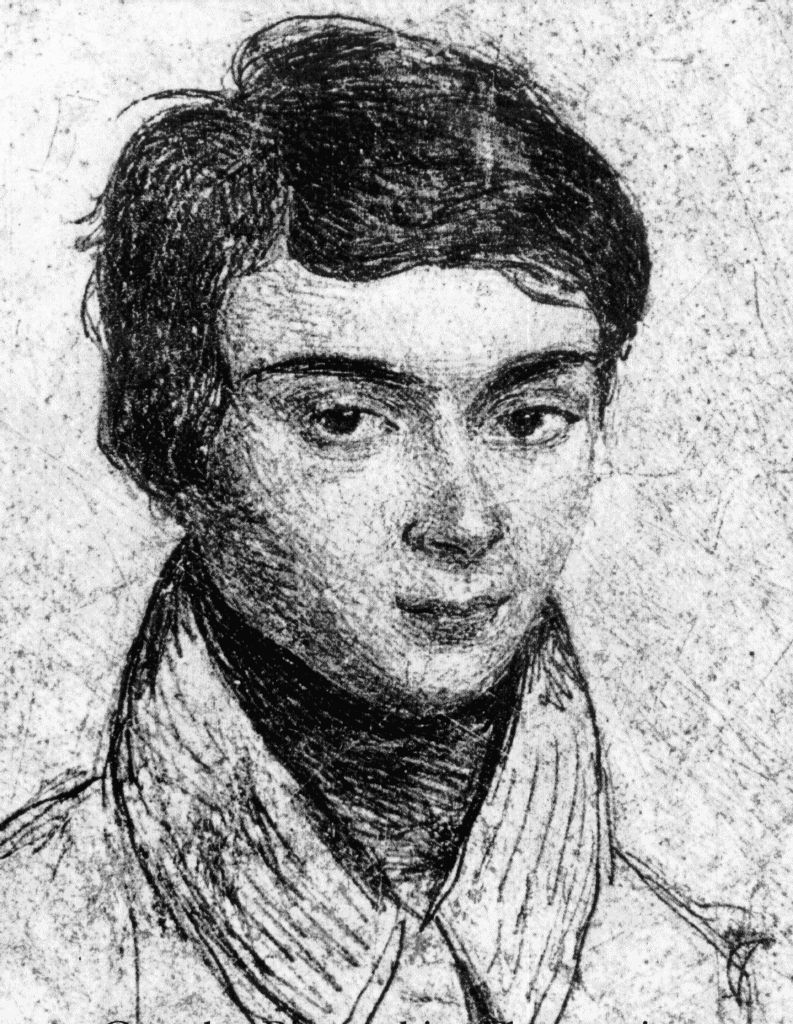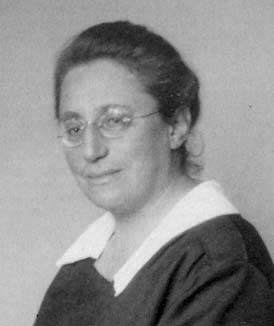
| |
The Algebra Seminar
Spring 2014
| |

|
The seminar meets Tuesdays in room LN 2205 at 2:50 p.m. There will be refreshments in the Anderson Reading Room at 4:00.
Organizers: Alex Feingold and Marcin Mazur
To receive announcements of seminar talks by email, please join the seminar's
mailing list.
-
January 28 : Organizational Meeting
-
February 4: No Meeting
Title:
Abstract:
-
February 11: Ryan McCulloch
Title: Some groups with 1 in their Chermak-Delgado lattice.
Abstract: I try to understand groups G with 1 in CD(G) where CD(G) is the
Chermak-Delgado lattice of G. In this talk we will see what such groups
look like when |G| = qp^k with q,p primes and p is leess than q. The
techniques are
finite group theory and sometimes enter the representation theory and
Galois theory that can show up when studying solvable finite groups.
-
February 18: NO MEETING
Title:
Abstract:
-
February 25: Martha Kilpack
Title: Closure Operators on a Subgroup Lattice
Abstract: Starting with a lattice which is isomorphic to a subgroup lattice, Sub(G), we take all the closure operators on that lattice and create a new lattice, the lattice of closure operators of Sub(G), c.o.(Sub(G)) . We will look at some basic groups for which c.o.(Sub(G)) also isomorphic to a subgroup lattice. We will also look at some groups where the outcome is not so nice.
March 4: Diego Penta (TALK CANCELLED)
Title: Decomposing the rank 3 hyperbolic KM Lie algebra F
with respect to the rank 2 hyperbolic subalgebra Fib
Abstract: The rank 3 hyperbolic Kac-Moody Lie algebra F whose Weyl group is the
hyperbolic triangle group T(2,3,/infty) (isomorphic to PGL(2,Z)) was studied by Feingold and
Frenkel in 1983 using its decomposition with respect to an affine KM subalgebra of type
A1(1). Further work of Feingold and Nicolai showed that F also contains
every rank 2 hyperbolic KM algebra whose Cartan matrix is symmetric. The smallest such example
is the `Fibonacci' rank 2 hyperbolic Fib whose off-diagonal Cartan entries are -3.
The decomposition of F with respect to Fib can be seen as a Z-grading, but the
Fib-module structure of each graded piece contains infinitely many irreducible components.
I will discuss the projection map from level m to level 0 which allows us to investigate those
components. In particular, I will show for m = -1 and m = 2 the existence of modules which are
neither highest nor lowest weight modules, and not the adjoint. Ongoing study is focused on the
internal structure of these modules, whose weight multiplicities may not satisfy the
Racah-Speiser recursion formula.
-
March 4: Luise-Charlotte Kappe (Binghamton), COMBINATORICS SEMINAR, Time: 1:15 - 2:15,
Room: LN-2205, ALGEBRA RELATED TALK
Title: On the Covering Number of Small Symmetric Groups and the Erdoes-Ko-Rado Theorem
Abstract: Any finite non-cyclic group is the set-theoretic union of finitely many
proper subgroups. The minimal number of subgroups needed to cover the
group is called the covering number of the group. It is well known that no
group is the union of two proper subgroups and it is less well known that
already Scorza showed in 1926 that a group is the union of three proper
subgroups if and only if it has a homomorphic image isomorphic to the
Klein-4-group. The question arises what is the covering number of a given
group and what values n can occur as covering numbers. Tomkinson showed
that the covering number of any solvable non-cyclic group has the form
prime power plus one and for every number of this form there exists a
solvable group with this covering number. He suggested to determine the
covering number of nonsolvable groups. In this talk I will discuss on how
to determine the covering number of some small symmetric groups, such as
Sym(n) for n = 8, 9, 10, and 12. In addition to some group theoretic tools
we use combinatorics, such as the Erdoes-Ko-Rado Theorem, to solve some
linear optimization problems. In other cases we have to rely on the
computer to solve these problems with the help of GAP and Gurobi. This is
joint work with Daniela Nikolova and Eric Swartz.
-
March 11: Adam Allan
Title: Symmetry of Endomorphism Algebras
Abstract: In this talk we will consider conditions under which the endomorphism algebra of a module over a finitely generated associative algebra is symmetric or self-injective. A special case where we have complete results are the finitely generated modules over a dihedral 2-group in characteristic 2. We will also see how these results were motivated by and apply to the special case of centralizer algebras kG^H corresponding to finite groups.
-
March 18: Eran Crockett
Title: An Introduction to Natural Dualites
Abstract: I will first introduce the Priestley duality between
distributive lattices and Priestley spaces. After defining some basic
terms from universal algebra, I will then describe how we may generalise
the idea of duality to other algebraic structures. I will then apply these
ideas to show the Pontryagin duality between abelian groups and locally
compact abelian groups.
-
March 25: Nathan Corwin (Rutgers University)
Title: A non-embedding result for Thompson's group V
Abstract: The logician Richard Thompson first discovered the group now known as V in 1965. It is
often realized as a particular subgroup of the automorphism group of the Cantor set. Despite having been
rediscovered in a variety of settings, most of the structure of V has remained elusive. In this talk, we will
show that the wreath product of Z with Z2 does not embed into V. We will also discuss the class coCF of
groups with context free coword problem and its connections to V and this result. If time permits, some similar results
for generalizations of V will be discussed.
-
April 1: Andrew Kelley
Title: Random Groups
Abstract: What does a typical group look like? What properties does one usually have?
Misha Gromov developed several models of random presentations of groups to answer this question for
finitely presented groups. Two different models will be described as well as some results about each.
-
April 8 : Joseph Brennan
Title: p-Groups with a Simple Chermak-Delgado Lattice
Abstract: A group G has a simple Chermak-Delgado Lattice if that lattice is {G,Z(G)}, and we call such
groups CD-simple. It should be noted that abelian and simple groups are CD-simple. All groups in this talk will be
finite p-groups, but the CD-simple definition first appears in Ryan McCullough's work on groups not restricted to p.
I have been investigating non-abelian p-groups and will provide a few structure results for CD-simple p-groups.
I will define an infinite family of CD-simple p-groups, elements of which may have an arbitrary odd nilpotence class.
Using the structure results I will then determine the first non-abelian CD-simple groups (first as in minimal n
with respect to some odd prime p and order pn).
-
April 15 : No Meeting (Spring Break)
Title: .
Abstract:
-
April 22 : Chen Tang
Title: An application of the Cayley-Hamilton Theorem to matrix polynomials in several variables
Abstract: I will discuss an application of the Cayley-Hamilton Theorem to matrix polynomials in
several variables. If we have a finite set S = {Mj | j in J} of square nxn matrices, I will discuss
the linear space Sk spanned by products Mj1 ... Mjk
of k matrices from S, and the linear space S\infty spanned by all finite products of matrices from S.
There is a positive integer i such that for k >= i the rank of Sk will be equal to the rank of
S\infty. The main theorem is i is no more than [(n2+2)/3].
-
April 29 : Rachel Skipper
Title: Normal Automorphisms of pseudo-p-free profinite groups
Abstract: In this talk, I will discuss some results of Jarden and Ritter
in which they prove that if G is a pseudo-p-free profinite group then
every normal automorphism of G is inner. Although the hypothesis suggests
a restrictive requirement on the groups being considered, I will show that
a large class of profinite groups are pseudo-p-free. Finally, time
permitting, we will discuss how these results apply to number theory and
particular absolute Galois groups.
-
May 6: Kazem Mahdavi, Ithaca College
Title: An Introduction to Langlands' Functoriality Conjecture
Abstract: First we we will discuss the representation theory of Lie groups.
Then we will give a brief history of Langlands' Functoriality conjecture.
Finally we discuss the implications of the conjecture.
PREVIOUS SEMESTERS
Fall 2013|
Spring 2013|
Fall 2012|
Spring 2012|
Fall 2011|
Spring 2011|
Fall 2010|
Spring 2010|
Fall 2009|
Spring 2009|
Fall 2008|
Spring 2008|
Fall 2007|
Spring 2007|
Fall 2006|
Spring 2006|
Fall 2005 |
Spring 2005 |
Fall 2004 |
Spring 2004 |
Fall 2003 |
Spring 2003 |
Fall 2002 |
Spring 2002 |
Fall 2001 |
Spring 2001 |
Fall 2000 |
Spring 2000 |
Fall 1999 |
Spring 1999
Departmental home page.



